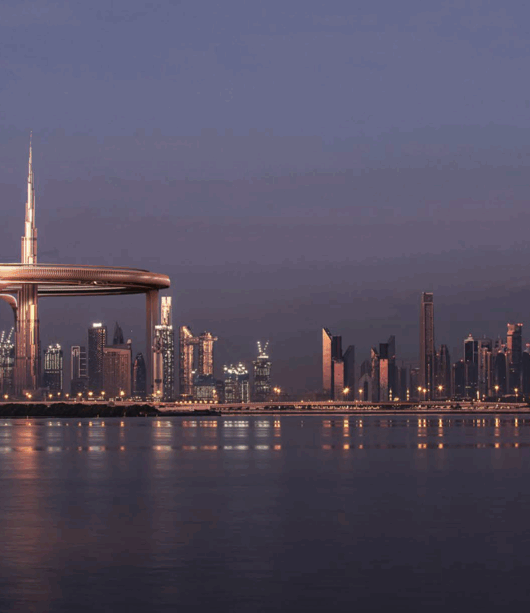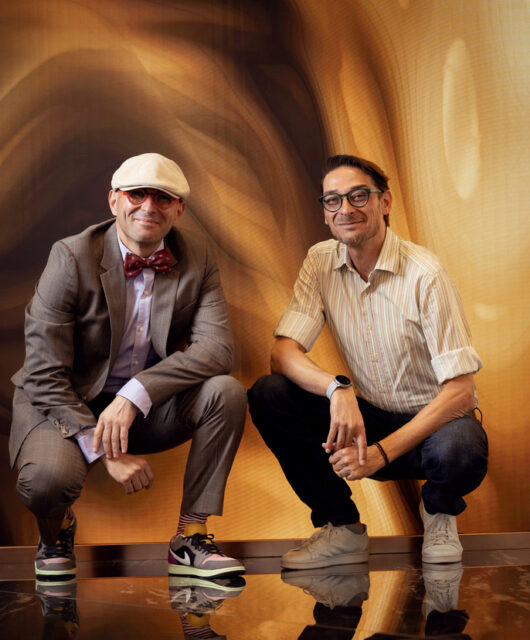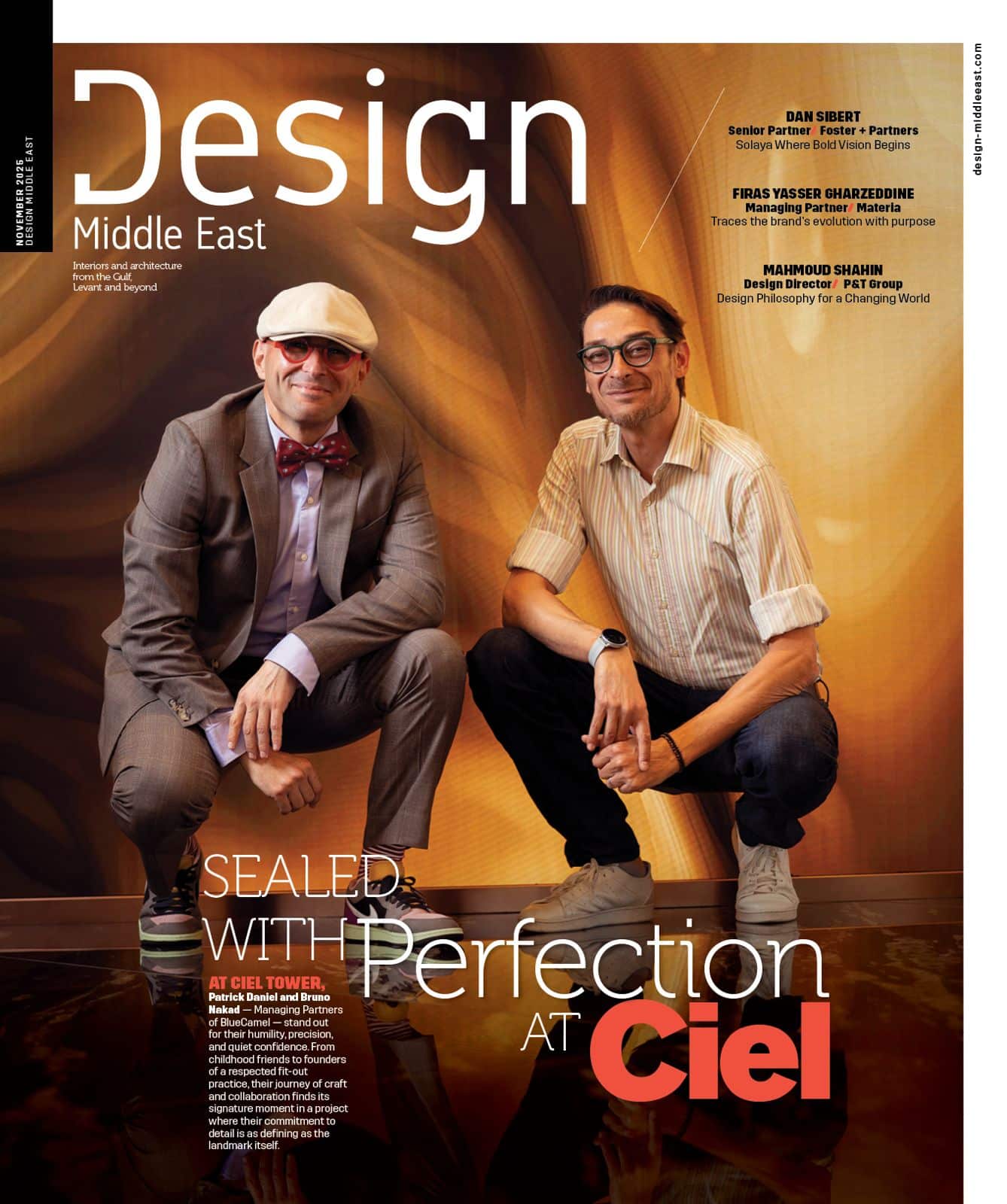 Nay Riachy, communication consultant at Esrar Real Estate, on how virtual realty can transform the real estate business
Nay Riachy, communication consultant at Esrar Real Estate, on how virtual realty can transform the real estate business
From the gaming to the entertainment industry, virtual reality is emerging expeditiously in every aspect of modern day life. But how effective can it be in the real estate sector? In this article we will tackle the advantages of virtual reality for real estate, and discuss some of the ways it is already being used, and ways that investors might be able to use this technology to their benefit. The recent Goldman and Sachs statistics claim – as much as 1.4 million real estate agents are using VR to showcase property to prospective clients. This implies an aggregated commission market from using VR currently exceeds $107 billion. The prospects for VR/AR solutions market growth are also on the bright side – according to Goldman and Sachs, by 2025 they are set to reach $80 billion. In fact, 40% percent of buyers’ agents said home staging had an effect on most buyers’ view of a home, and 83% of buyers’ agents said staging a home made it easier for a buyer to visualise the property, according to a home-staging report from the National Association of Realtors.

How virtual reality is being used in the real estate industry?
Virtual tours
Imagine showing someone around a portfolio of homes from the comfort of your office, or guiding a client through a new design where they could experience the space, lighting and feel of a room. VR technology allows realtors to showcase the property to their clients as if they were there in the location. The client just has to put on a VR headset and experience a riveting three-dimensional tour of the property. Potential homebuyers can virtually visit multiple properties, even without having to leave their home. This allows them to make an instructed decision when buying or renting the property.
Virtual conceptualisation
Open house visits are a good way to explore a property, but when you go for a visit, you have to use your imagination to understand what it might look like with your own furniture, setup and style. Instead of furnishing homes with real objects, brokers can assist potential homebuyers in visualising their new home with virtual reality.
Virtual and augmented reality offers experiences like no other, allowing people to conceptualise and understand what’s difficult to imagine from a picture or detailed description.
Virtual Customisation
Realtors can easily add a customisable option with any element when staging the property and creating the 3D tour. This allows the clients to customise the space as per their personal preferences. They can also add purchasable items and showcase them using VR technology.
For instance, real estate businesses can integrate an online store with the staged elements. This will give the clients the options to change the style of the furniture or choose a different light fixture. This not only makes the virtual tour of the property more interactive but also allows customers to imagine how it will be when they move in.
Key benefits
• It is much cost-effective than taking the client to check out multiple properties
• Flexible times. The client can visit a property through VR at any time. This allows realtors to work with more clients, which means more opportunities to sell a property.
• Instant sense of ownership. Client get the options to customise the space as per their liking during the virtual tour
• Ability to see the end result of the home with furniture and outdoor landscape
• Global Reach. Users can virtually view properties from anywhere in the world, real estate professionals are no longer limited to a local audience.
• Enhancing architecture and construction. AR an VR are helping in imagining what it would be like to be inside the building which is still in its design and architecting stages
• Limiting physical contact amid the current and future pandemics, by using virtual 3-D video tours which can address the social distancing issue.
The real estate industry is expected to be one of the top industries transformed by virtual reality in coming years. Many within the industry are already employing the innovative technology in various dimensions.
The future is becoming more fast-paced and immersive. And by not embracing this new form of technology, and experimenting to see if it has any place in your marketing toolbox, you might be missing out on opportunities.







